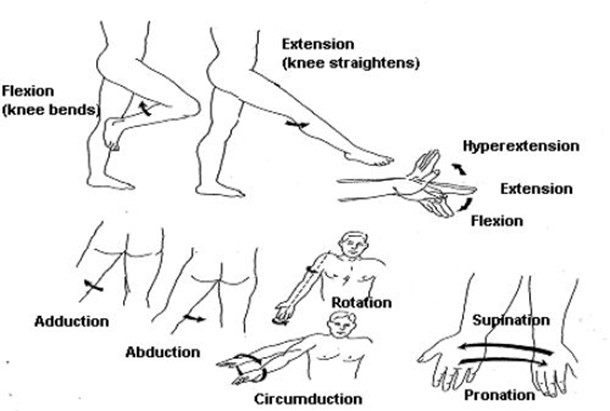A client is to receive one liter of normal saline intravenously over six hours. The tubing delivers 15 drops per milliliter.
How many drops per minute should a nurse regulate the infusion to deliver?
42.
84.
100.
166.
The Correct Answer is A
Step 1 is: Convert 1 liter to milliliters 1 L = 1000 mL
Step 2 is: Convert 6 hours to minutes 6 × 60 = 360 min
Step 3 is: Calculate drops per minute using tubing drop factor (1000 mL ÷ 360 min) × 15 gtt/mL = (2.77 mL/min) × 15 = 41.66 drops/min
Step 4 is: Round to the nearest whole number Final answer: 42 drops per minute
Nursing Test Bank
Naxlex Comprehensive Predictor Exams
Related Questions
Correct Answer is B
Explanation

This is because mitt restraints can reduce the patient’s mobility and circulation in the hands, and range of motion exercises can help prevent contractures, stiffness, and edema.
Choice A is wrong because removing the mitts when the client is asleep can increase the risk of self-injury or removal of therapeutic equipment.
Choice C is wrong because tying the restraints securely around the wrists and to the bed can impair the patient’s circulation and cause nerve damage.
Choice D is wrong because placing the restraints loosely to allow increased freedom of movement can cause entanglement or strangulation.
Correct Answer is ["A","B","C"]
Explanation
These nursing interventions can help promote bowel movement and prevent constipation. According to, constipation is a common gastrointestinal symptom caused by various factors such as a low-fiber diet, inadequate fluid intake, decreased gastrointestinal motility, medication use, and insufficient activity.
Therefore, encouraging high-fiber food choices, increasing fluid intake to 2,000 mL per day, and encouraging ambulation several times daily are appropriate interventions to address these factors and improve bowel function.
These nursing interventions can help promote bowel movement and prevent constipation. According to, constipation is a common gastrointestinal symptom caused by various factors such as a low-fiber diet, inadequate fluid intake, decreased gastrointestinal motility, medication use, and insufficient activity.
Therefore, encouraging high-fiber food choices, increasing fluid intake to 2,000 mL per day, and encouraging ambulation several times daily are appropriate interventions to address these factors and improve bowel function.
Choice D is wrong because administering antacids as necessary per the bowel management program is not a nursing intervention for constipation.
Antacids are used to neutralize stomach acid and relieve heartburn or indigestion.
They do not have any effect on bowel movement or constipation. In fact, some antacids may cause constipation as a side effect.
Therefore, this intervention is not relevant to the plan of care for a client diagnosed with constipation.
Whether you are a student looking to ace your exams or a practicing nurse seeking to enhance your expertise , our nursing education contents will empower you with the confidence and competence to make a difference in the lives of patients and become a respected leader in the healthcare field.
Visit Naxlex, invest in your future and unlock endless possibilities with our unparalleled nursing education contents today
Report Wrong Answer on the Current Question
Do you disagree with the answer? If yes, what is your expected answer? Explain.
Kindly be descriptive with the issue you are facing.
